Shedding fur is a natural part of being a dog. The frequency and amount they shed hair can vary according to season, breed, health and environment. Here are the most common factors that influences when and why dogs shed their fur.
Time of year
Dogs have two primary 'shedding seasons': spring and autumn. They shed their summer coats in autumn to grow thicker coats to keep them warm in winter and they shed their winter coats in spring to prepare for warmer temperatures.
Indoor vs outdoor dogs
Dogs that spend most of their time outdoors tend to shed more fur than those which spend most of their time indoors. This is because the seasonal changes for a dog that spends most of its life indoors isn't as stark. This leads to smaller fluctuations in hair loss.
Breed
The breed of your dog can affect the rate at which a dog sheds its fur. For example, Saint Bernards, Chow Chows and Labrador retrievers shed a lot of fur throughout the year whereas Poodles, Yorkshire Terriers and Shih Tzus tend to shed the least. There is no such thing as a dog that does not shed.
Age
As dogs get older, they are more likely to shed their fur due to natural changes in their bodies. It can also be a symptom of age-related illnesses such as Cushing's disease.
When to worry if your dog sheds a lot of fur
If your dog's fur starts to come out in clumps, this could be the sign of an underlying health problem. You may even notice bald patches appearing. Causes of excessive shedding can include:
Stress
just like humans, dogs can lose their hair if they're feeling stressed and anxious. For example, you may notice that when you take your dog to the vet, it sheds more fur than usual. This is due to excessive stress hormones being released.
Food allergies
A change in diet can trigger excessive fur loss. The most common foods dogs are allergic to are wheat, dairy, soy, chicken, beef, lamb, pork and rabbit. That sounds like just about everything. You may need to try to eliminate different foods and different times to pinpoint the culprit.
Chemicals in the house
Sogs are naturally curious and love to snuffle anything they can get their snouts on. This can include chemicals such as cleaning products that are toxic to dogs. If you think your dog has consumed dangerous household products, take it to the vet as soon as you can.
Medicines
If you've noticed excessive shedding after administering medicine, it could be a sign of an allergic reaction. Always keep an eye on the rate your dog sheds after giving it medicine.
Infections
Excessive shedding can be caused by infections that a dog gets from ticks, fleas, dust mites, mould, spores and chemical reactions.
If you've noticed that your dog is shedding more fur than usual and the problem does not go away within a week, visit your veterinarian for advice.

